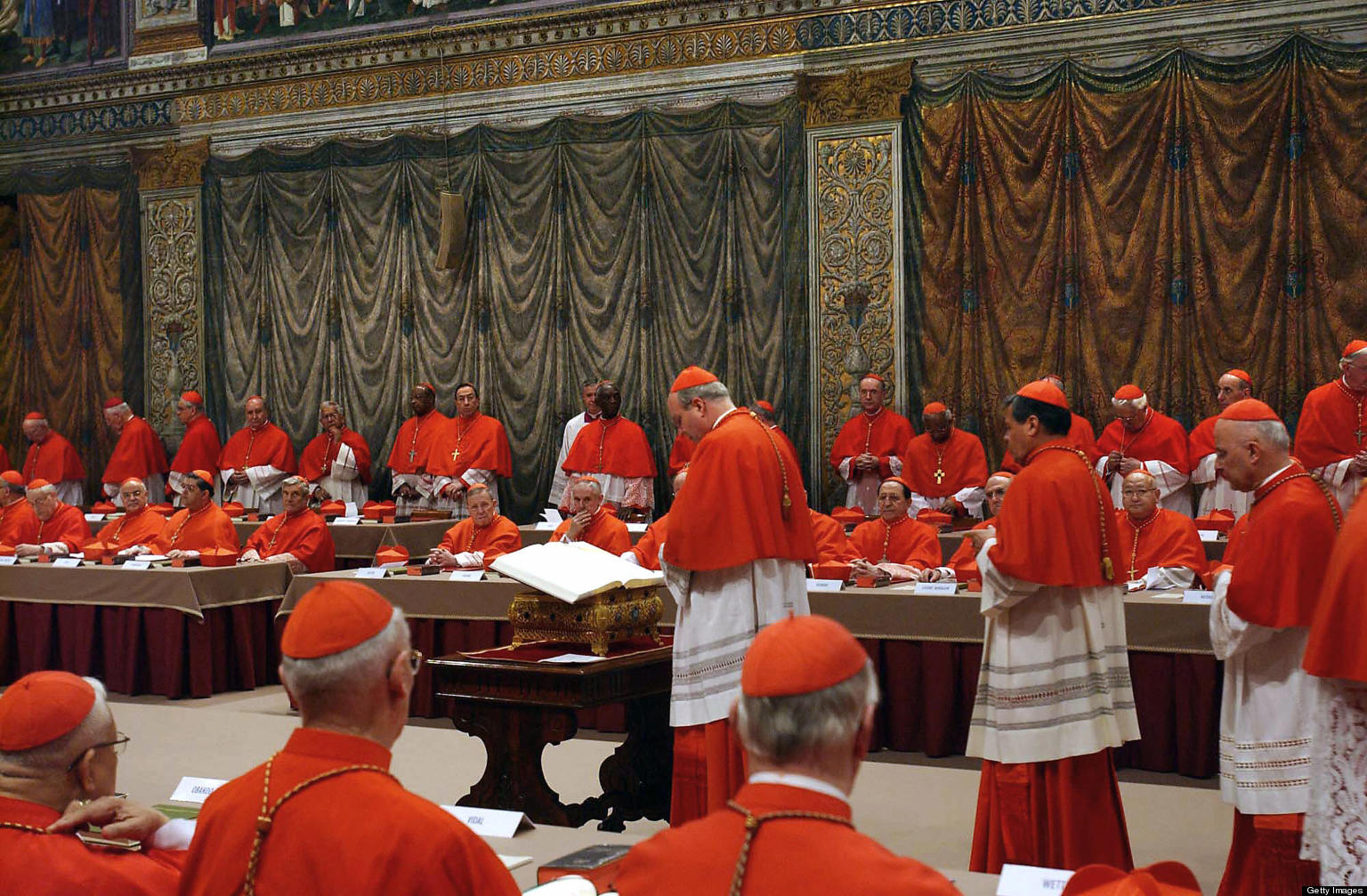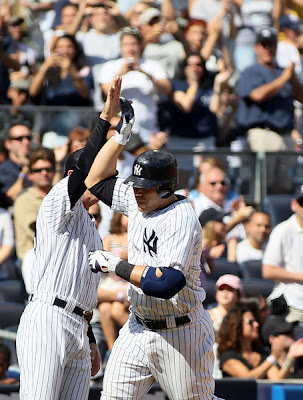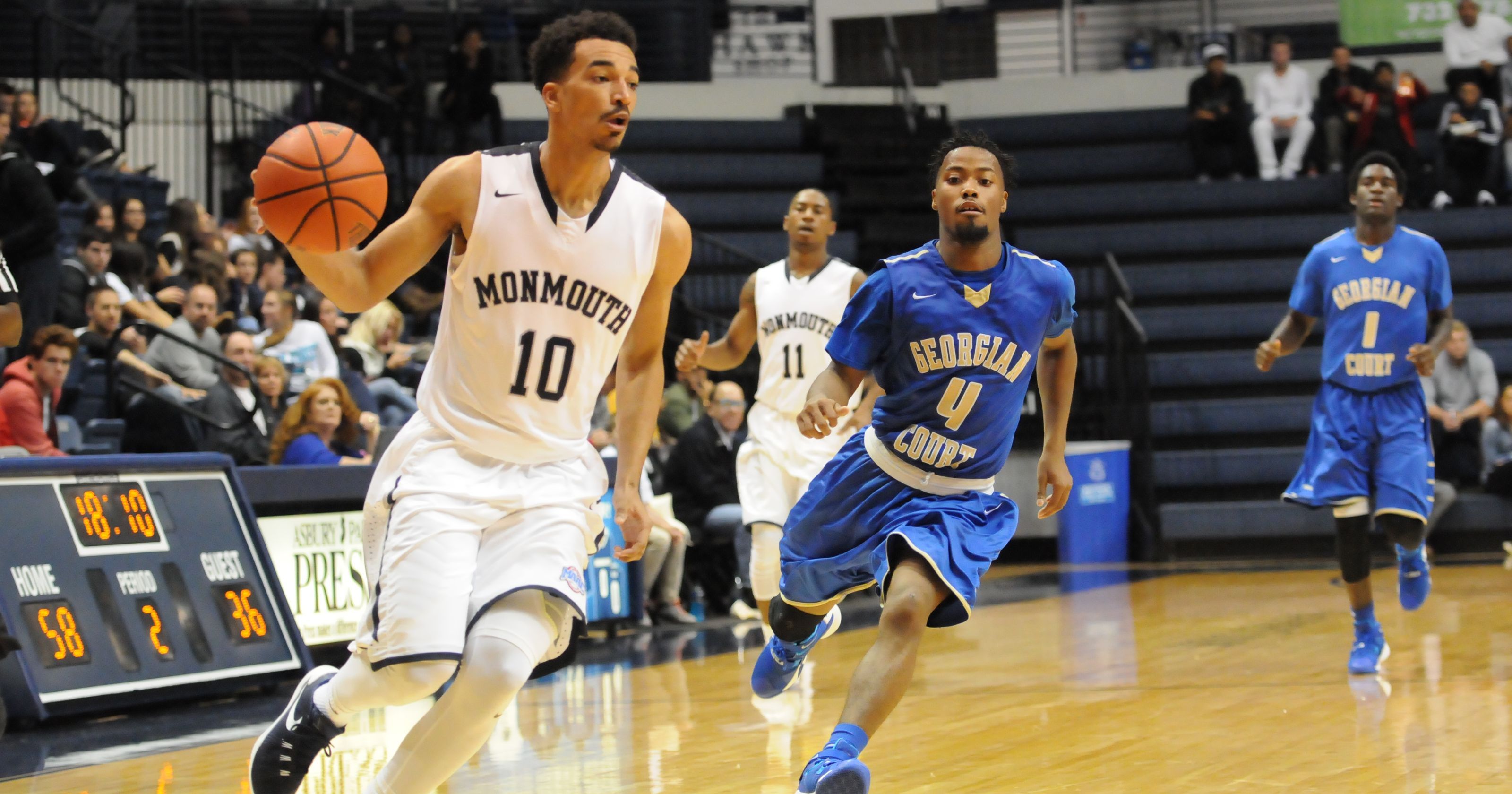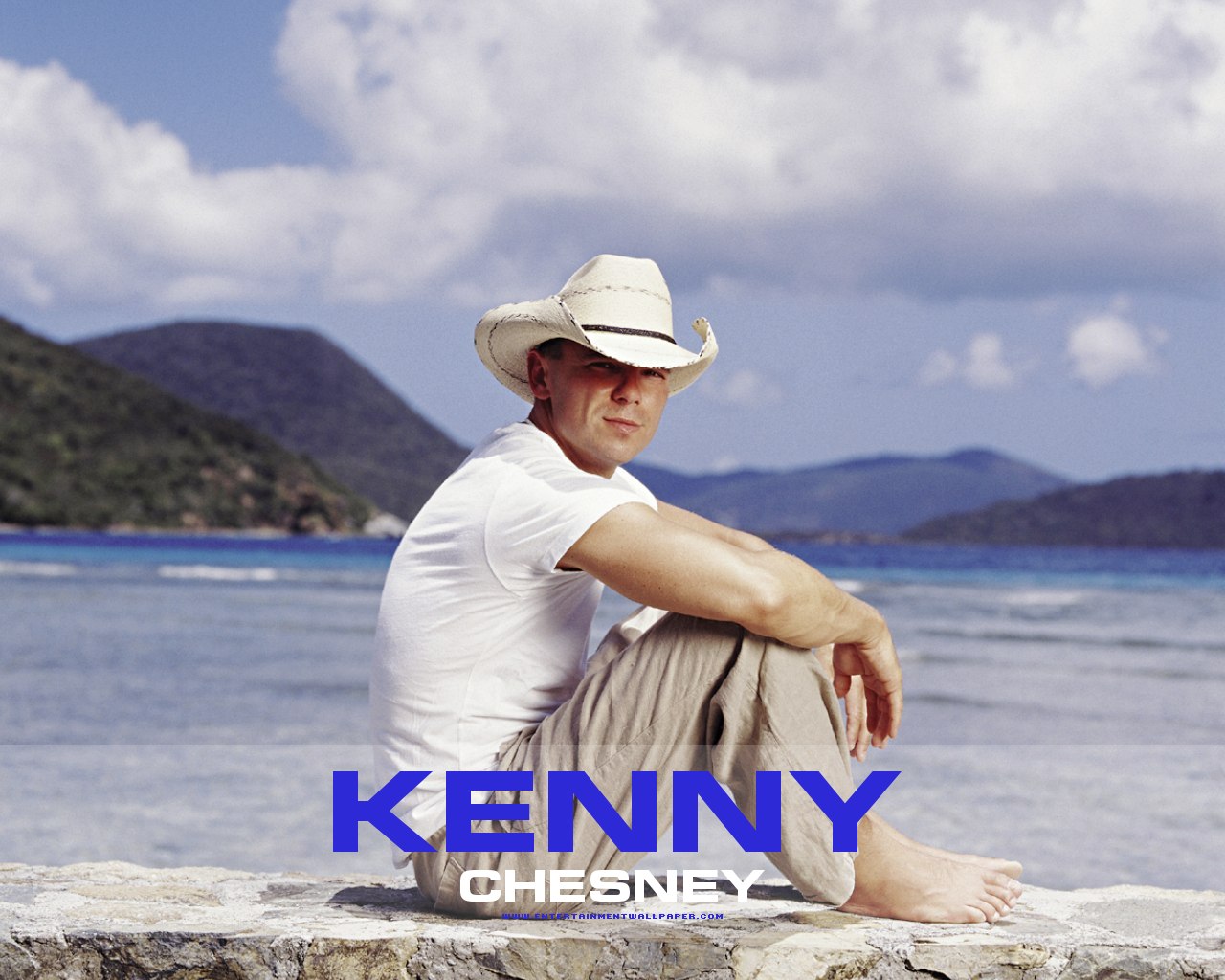(The Verge) – Even if you’re not a practicing Roman Catholic (as I am not)…isn’t the papal conclave just a sensationally mystifying process? I mean let’s think about it…115 of the world’s most profound cardinals locked up in the Sistine Chapel for rigorous voting until a new pontiff is chosen. Then, to the muse of the entire world, white smoke is relayed from the six foot chimney atop the Chapel to indicate a new leader of Catholicism has been chosen. That my friends, is just overwhelmingly gratifying! And they say journalism is the first draft of history, so covering this event, I feel ingrained into the sands of time, important amongst a world where leadership is still quite conventional and key to upholding our sense of community. The pope, millions would attest, is still essential to that communal leading.
With that in mind, it’s still hard to grasp how the most prolific name in Catholicism, Pope Benedict XVI resigned amidst church scandal and health concerns. Protégés of the resigned-Pope claim that he had so much to work at since his confirmation in 2005 after the death of John Paul II, that it became blurred whether the church would need to take a path towards revision or still providing exquisite leadership to the millions of worldwide followers.
Now pope-less, the Vatican City/ Holy See is in even more disarray. Cardinals from around the world are convinced that this next conclave will be time consuming and complex, as front-runners have emerged, but not a clear one like it had happened in 2005 for Joseph Ratzinger.

Starting today (March 12th), the conclave will begin. After a mass in St. Peter’s Basilica conducted by Cardinal Angelo Sodono, dean of the College of Cardinals, the cardinals were led into the Chapel. Amid the low notes of a Gregorian chant, the cardinals funneled ceremoniously towards their voting grounds.
Under the wing of elderly Maltese cardinal Prosper Grech, they will hear some meditation and then take an oath of secrecy. From that point on, the process is in full swing. From there the liturgical leader of the ceremony orders “Everyone Out” and those who are not participating in the conclave must exit.
Then, voting ensues and each cardinal places his vote on a rectangular piece of paper, saying “I elect as Supreme Pontiff ___” in Latin. Holding up the paper, each cardinal then approaches the altar, places it in a saucer and then into an urn (while saying a brief “I call as my witness, Christ the Lord, who will be my judge that my vote is given to the one who, before God, I think should be elected”). After the votes are gathered and tallied, they are bound together through needle and thread and placed in a stove to be burned.
With a special chemical, the color of the smoke will indicate whether a new pope has been chosen. Black smoke means no pope has been chosen in that round of voting, while white smoke means the deed has been met.
Wire service writers claim that the first bouts of smoke may appear this evening, after a presumably revealing first round of voting. But one thing is for sure amongst the cardinals, this new pope will need to provide new leadership qualities…
The new Supreme Pontiff, as discussed by an aggregate of cardinals, is going to need to make strides toward repairing the bureaucratic nightmare that’s fallen upon the Vatican/Holy See. With revealing documents being leaked, and sexual misconduct controversies being revealed, the new pope will need to take the role of repairer and rector.
Some of the names in heated discussion for the new papal title include Robert Sarah, Christoph Schoenborn, Gianfranco Ravasi, Leonardo Sandri, Odilo Pedro Scherer, Marc Ouellet, Peter Ordo, Angelo Scola, Angelo Bagnasco, New York’s Timothy Dolan and Boston’s Sean O’Malley.
Today, we’re going to delve into the background of two cardinals whom I believe (by pure luck’s chance) have a good shot to become pontiff. They are: Christoph Schoenbern and Angelo Scola.

Christoph Schoenbern: Born in 1945, the 68 year old cardinal serves as the Archbishop of Vienna and President of the Austrian Bishops’ Conference. In 1998 he was elevated to the cardinalate and he’s a chaplain in the Order of the Golden Fleece. He’s seen as a conservative “balanced reformer” and who is well-liked, tolerant, diplomatic and conversational. He is a close companion of Pope Benedict XVI and had studied under him while being a lifelong friend. In the 2005 conclave he was known as a “kingmaker,” aka someone who had strong command over succession/leadership. He has German Bohemian, Hungarian, Austrian, Czech, Italian and Irish ancestry. He also speaks seven languages and has been categorized as one of the leading contenders going into one of the most interesting conclaves in hundreds of years.
Angelo Scola: Born in 1941, the 71 year old Italian Cardinal is the Archbishop of Milan and he had previously served as Patriarch of Venice. In 2003 he was elevated to the cardinalate and he’s considered a strong contender to replace Benedict XVI. Fellow Italians say he is a formidable candidate to help rid the bureaucracy plaguing the Catholic Church. Scola is an Italian but not from the Vatican bureaucracy called the “Curia,” which gives him some leeway in hitting the problems head-on if elected pope.

So whether we have a new leader of the Catholic Church this evening or days from now, one thing is clear, the next pope will be immersed in a plethora of problems that need to be remedied. And although the Church suffered a serious setback when it’s pope (elected for life), resigned, there still a lingering glimpse of hope (that a new leader will bring the institution back to its ‘old,’ respected ways). Plus, as long as the conclave is still used to select the pope, I’ll be watching with eager eyes as it’s probably the world’s most unique, venerable processes. Selecting a world leader in a secret chamber of the Sistine Chapel while sworn to secrecy…right up my alley!
**An AP/Reuters wire service story help distinguish some facts about conclave processes for this story




